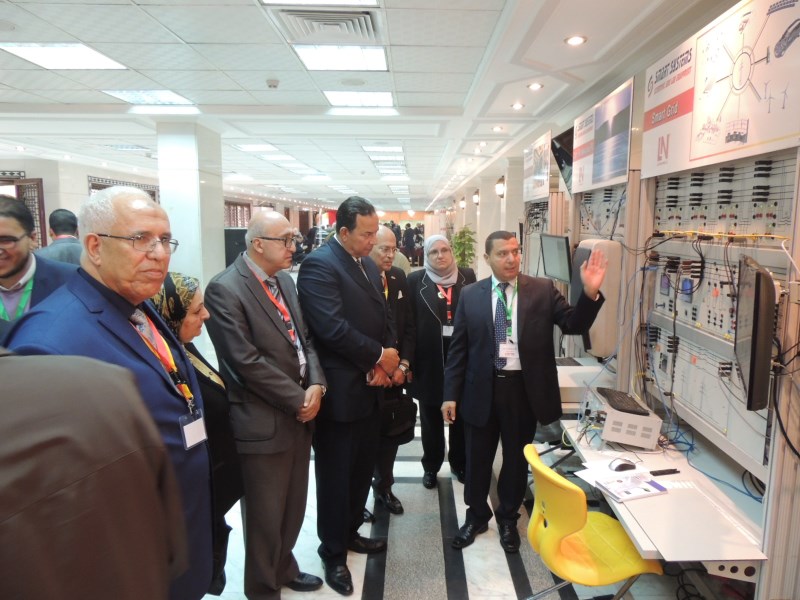UNITRAIN “CAN BUS IN AUTOMOTIVE”
- 2 Experiment cards (front and rear of vehicle) with emulation of a complete CAN bus system for cars including actuators, sensors and dashboard
- Two microcontroller systems with communication via the CAN bus
- Cascading via CAN-IN and CAN-OUT on Sub-D9 connectors
- CAN node I with indicators, lights, simulated key, fuel tank indicator, temperature sensors, and more
- CAN node II with rear light, fuel tank simulation, electric window, central locking functions, and more
- CD-ROM with Labsoft browser and course software
- List of reasons for increasing use of bus systems in vehicles
- Identifying various bus systems in vehicles
- Introduction to the topology and components of a CAN bus in a vehicle
- Introduction to the difference between low-speed and high-speed CAN buses
- Experimental determination of electrical properties of a CAN bus
- Experimental determination of (low-speed and high-speed CAN buses)
- Introduction to the principles of addressing and arbitration on a CAN bus
- Determining identifiers by measurement
- Introduction to the structure of a message frame for a CAN message
- Analysis of CAN packets using the CAN monitor and an oscilloscope
- Interpretation of CAN packets using the CAN monitor and an oscilloscope
- Editing and transmitting CAN message via PC
- Investigating the effect of termination on a low-speed and high-speed CAN bus by measurement
- Fault simulation (8 simulated faults activated by relay)
- Course duration 7 h approx. (fault finding 1.5 h approx.)







